1. Bread That’s Literally the Body
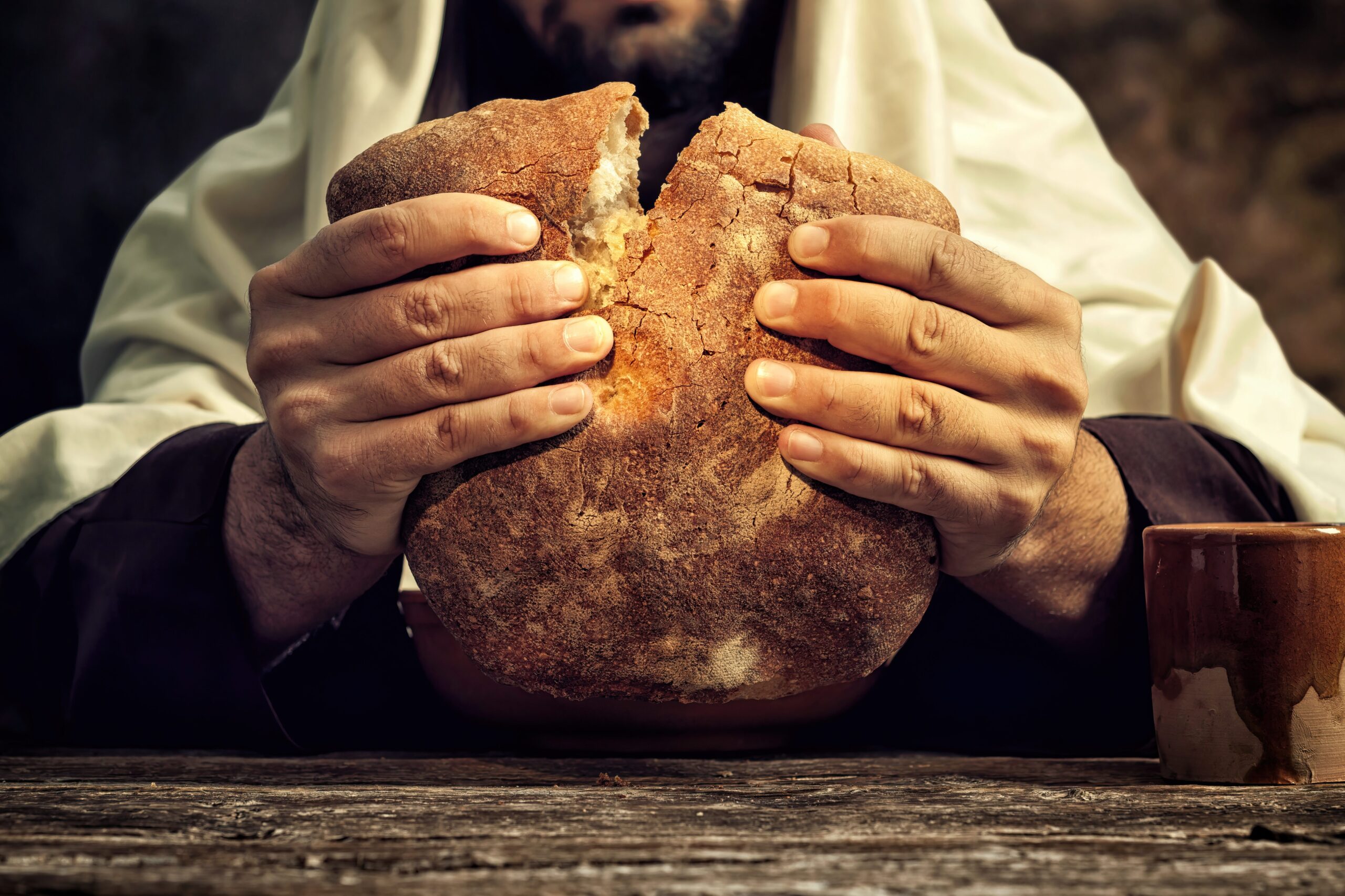
If you’ve ever been to a Catholic Mass, you’ve probably seen people line up to receive what looks like a plain little wafer. But to practicing Catholics, that wafer isn’t just bread—it’s the body of Christ. Through a belief called transubstantiation, the bread and wine become the literal body and blood of Jesus during the Eucharist. It’s one of the most sacred moments in the Mass, and even though it may seem odd to outsiders, to believers it’s a deeply personal and spiritual act says Wikipedia.
The wafer is thin, dry, and honestly, not exactly what you’d grab for a snack. But it’s not about taste—it’s about reverence. The ritual connects people to their faith and to each other across centuries of tradition. Some even kneel to receive it, showing total humility. It might be small and flavorless, but for many, it’s everything adds Britannica.
2. Chicken Swung Over Your Head
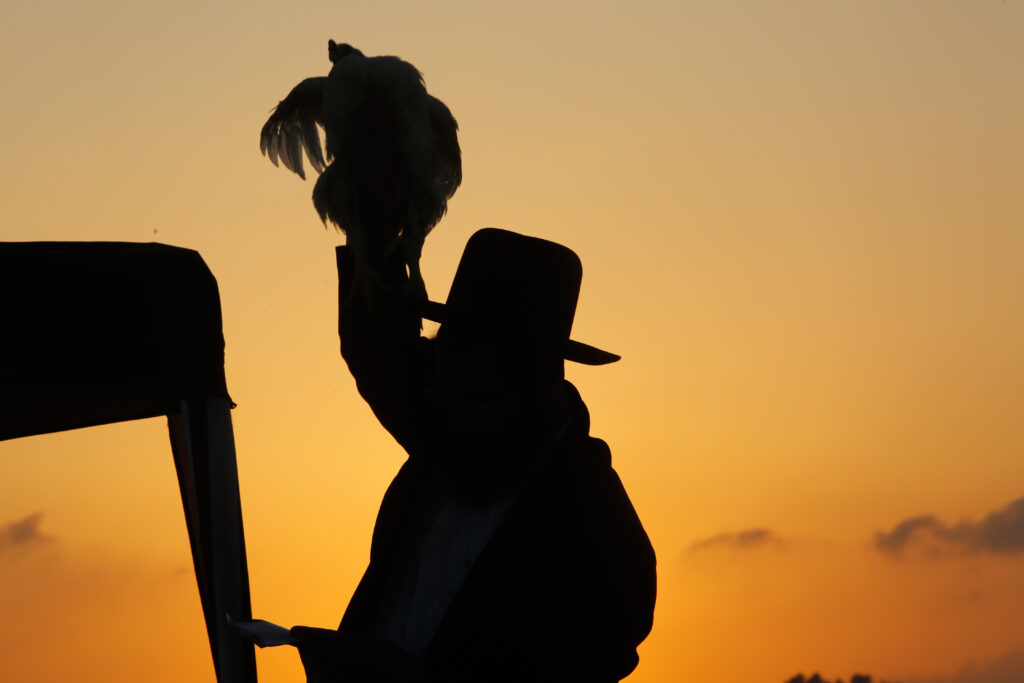
In a Jewish ritual called Kaparot, some communities use a live chicken in a very literal transfer of sins. The chicken is held and gently swung over a person’s head three times while specific prayers are recited. The idea is that the bird symbolically takes on the person’s sins and misfortunes. Afterward, the chicken is usually donated to the poor or, in some cases, humanely slaughtered shares Chabad.
It’s practiced in the days leading up to Yom Kippur, the holiest day in Judaism. And while it’s controversial (animal rights groups have pushed back), it’s been around for centuries. Some people now use money instead of a chicken, swinging it over their heads before donating it. Still, for those who stick with tradition, it’s a strange but meaningful way of preparing for a new spiritual year explains Medium.
3. The Honey-Dipped Apple Tradition
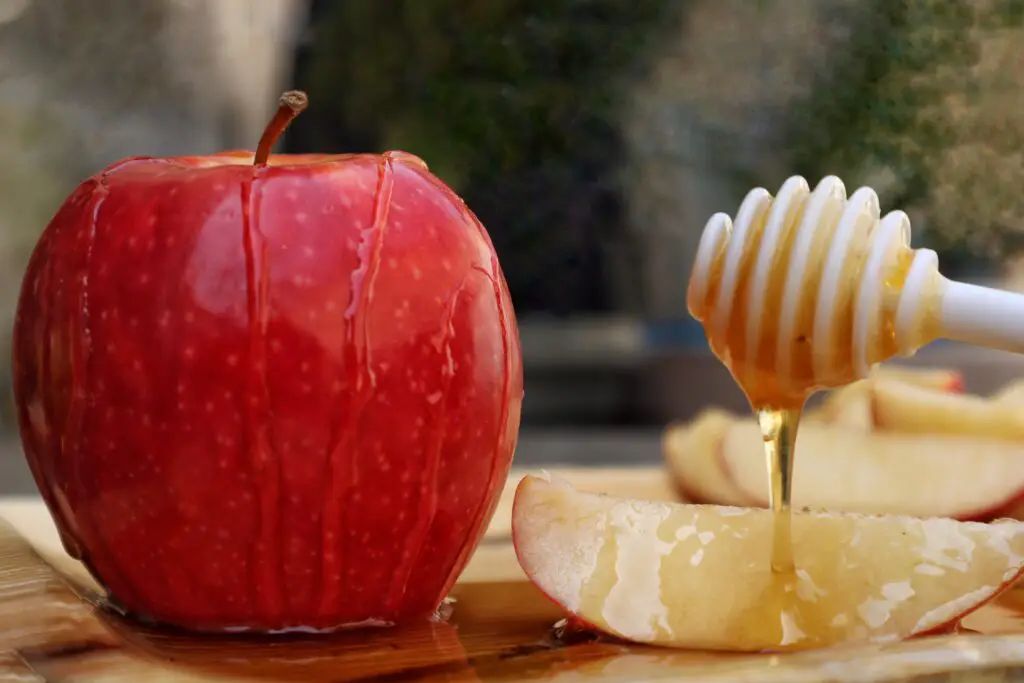
Every year during Rosh Hashanah, Jewish families gather to eat apples dipped in honey. On the surface, it’s a sweet treat—simple, familiar, and comforting. But symbolically, it’s a prayer for a sweet new year. The act of dipping the apple and saying a blessing carries generations of hope and renewal.
Even kids get excited about this part of the meal, and it’s one of the more joyful rituals. There’s something wholesome about it, like comfort food with spiritual meaning. The combination is delicious, too—crisp fruit and golden honey never go out of style. It’s a reminder that sometimes sacred traditions come in the form of small, everyday things.
4. Eating Dirt… On Purpose

In some parts of India, particularly among followers of certain Hindu sects, eating sacred clay or dirt from a temple site is considered holy. The clay, often gathered from the ground near a sacred river or shrine, is believed to hold divine energy. It’s not just picked up off the street—it’s carefully sourced and handled with reverence. Some people even mix it with water or milk before consuming it.
To outsiders, this might seem extreme or even unsafe. But in the context of faith, it’s about connection—literally taking in something sacred to become one with it. It’s also symbolic of humility and surrender. After all, returning to the earth is one of the oldest spiritual ideas around.
5. Scarlet Eggs for the Dead
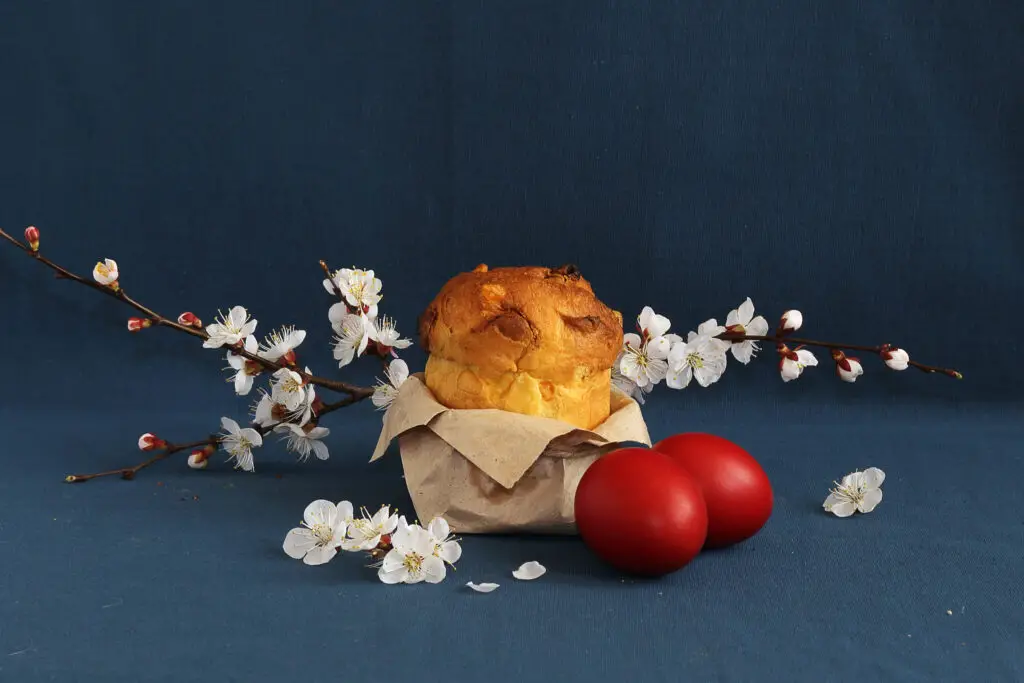
At some Eastern Orthodox funerals, mourners are given hard-boiled eggs dyed a deep, almost blood-red color. The eggs symbolize new life and resurrection—core beliefs in Christianity. The tradition can feel strange if you’re not familiar with it. Imagine walking out of a funeral holding an egg as a symbol of hope.
The red dye represents the blood of Christ, while the egg itself is a timeless symbol of life emerging from the tomb. People will often crack them together in a quiet, solemn moment. It’s a tradition that merges grief with the promise of something more. And somehow, in that silence, the egg says what words can’t.
6. Rice Balls for the Spirits
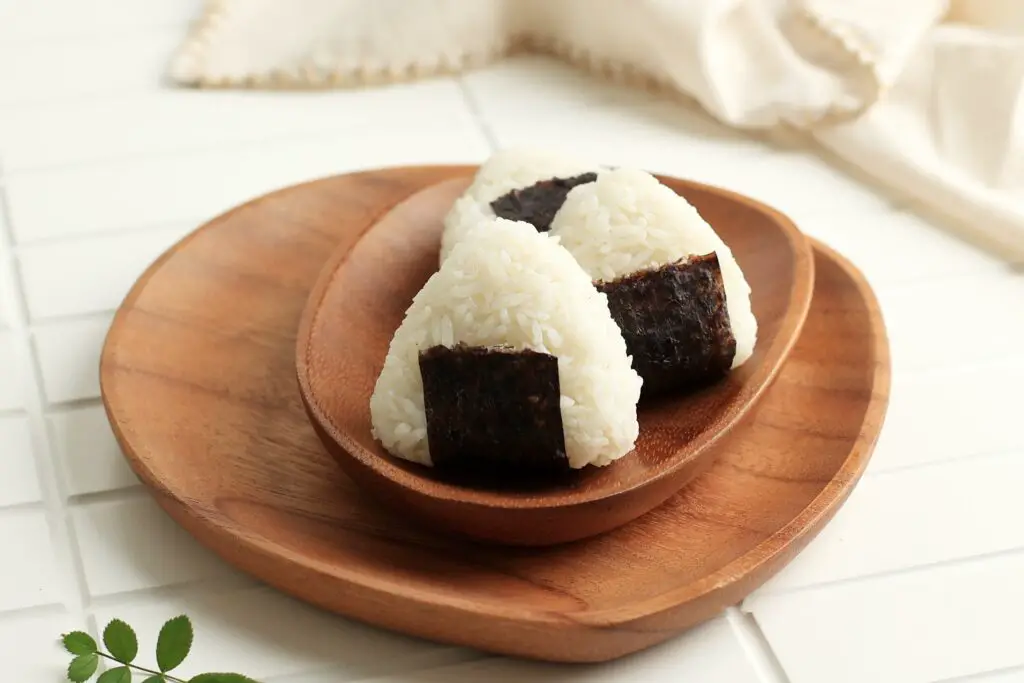
In Japan, it’s common to leave rice balls, called onigiri, at family altars during Obon, a Buddhist holiday honoring the spirits of ancestors. The rice balls are handmade and often wrapped in seaweed, then placed on little plates near incense and photos of loved ones. The belief is that the spirits of the deceased return home during this time and should be welcomed with their favorite foods.
It’s a beautiful blend of food and remembrance. Even if the spirits don’t physically eat the rice, the gesture is what counts. Families gather, stories are told, and meals are shared in their memory. It’s like inviting them to dinner, one more time.
7. Sugar Skulls with Names on Them

During Día de los Muertos in Mexico, families decorate altars with sugar skulls, or calaveras, often personalized with the names of deceased relatives. These skulls are made from sugar and icing, sometimes chocolate, and they’re almost too pretty to eat. But they’re not just decorations—they’re edible offerings meant to sweeten the memory of loved ones who’ve passed.
Kids sometimes eat smaller versions, while the larger ones sit as centerpieces. The skull shape might seem morbid, but it’s actually a joyful celebration of life and memory. It’s about laughing in the face of death, not fearing it. For many families, it’s a sugary, sacred tradition that brings generations together.
8. Bitter Herbs That Make You Cry

At a Passover Seder, one of the more unforgettable parts is eating maror, or bitter herbs, to remember the suffering of the Israelites in Egypt. Usually horseradish or romaine lettuce is used, and it’s meant to be intense. It’s not just a nibble either—there’s a full bite involved, often leading to watery eyes and stifled coughs.
But that discomfort is the point. It’s a physical way to connect with the pain and hardship of the past. You’re not just hearing the story—you’re tasting it. And somehow, that makes the freedom that follows in the narrative even sweeter.
9. Fire-Cooked Bread on the Ground
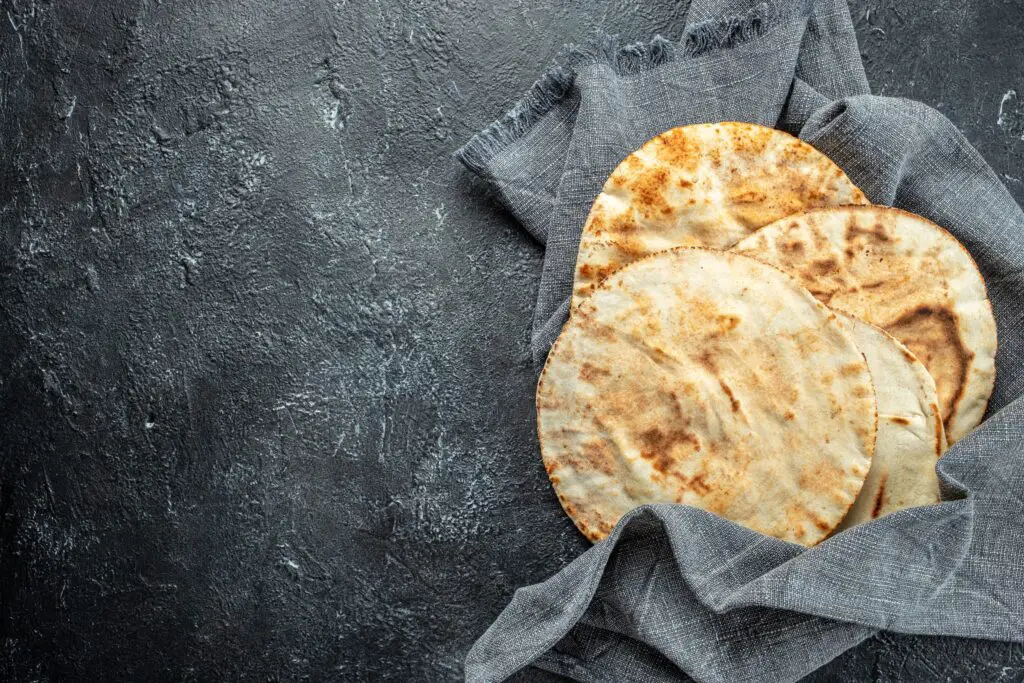
During the Zoroastrian festival of Gahambar, participants eat a special flatbread that’s often cooked over open flames and shared communally. Sometimes it’s placed on the ground or on large stones, emphasizing humility and connection to the earth. The bread itself is basic—just flour, water, and maybe some spices—but it’s considered sacred when made during this time.
The idea is that everyone contributes to the meal, which builds community. It’s less about fancy ingredients and more about unity. Sharing simple food with everyone, rich or poor, makes the act spiritual. The bread becomes a symbol of equality and togetherness.
10. Milk and Honey for the Afterlife

In some ancient Egyptian rituals, honey and milk were left as offerings to the dead—and sometimes consumed by the living during ceremonies. The combination was considered divine and nourishing, perfect for helping spirits transition into the afterlife. People believed these offerings would sustain the soul in its journey.
Sometimes priests would actually drink the milk as part of the rites. It was a way to connect the living and the dead, symbolizing eternal life. The sweetness of honey and purity of milk made it an especially holy pairing. It may sound like breakfast, but back then, it was a sacred bridge between worlds.
11. Pine Nuts for Protection

Among some Indigenous communities in North America, pine nuts are more than just a snack—they’re used in rituals and ceremonies to offer protection and blessings. Gathered by hand, they’re considered a gift from nature and sometimes eaten during vision quests or healing rituals. The nuts are often roasted over fire, filling the air with a distinct earthy aroma.
The act of eating them is slow and mindful. It’s not just about nourishment, but communion with the natural world. Each bite is seen as accepting the strength and resilience of the trees they came from. It’s sacred snacking with centuries of meaning behind it.
12. Wine as Holy Blood
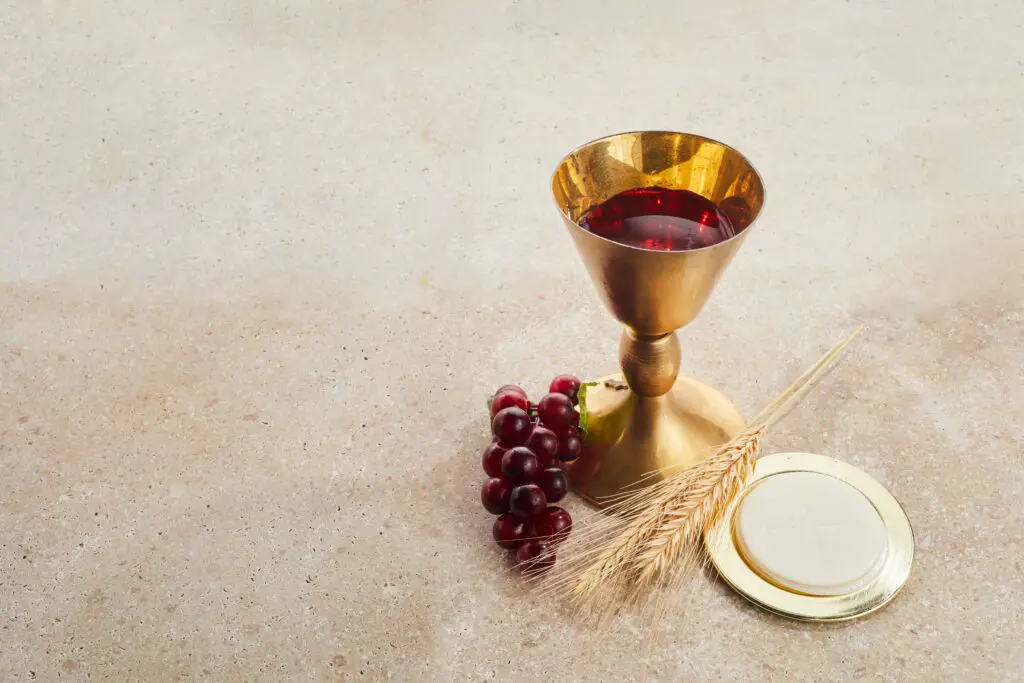
In many Christian denominations, wine isn’t just a beverage—it’s believed to be the blood of Christ, particularly during communion. Some churches use actual wine, others grape juice, but the symbolism remains. When believers drink from the cup, they’re participating in a ritual that dates back to the Last Supper.
It’s an intimate act, full of symbolism. The cup is often shared, passed from person to person, creating a quiet bond between everyone present. For many, it’s a powerful reminder of sacrifice and grace. And while the idea of drinking blood may sound eerie, in this setting, it’s considered profoundly sacred.
13. Yellow Rice for the Gods
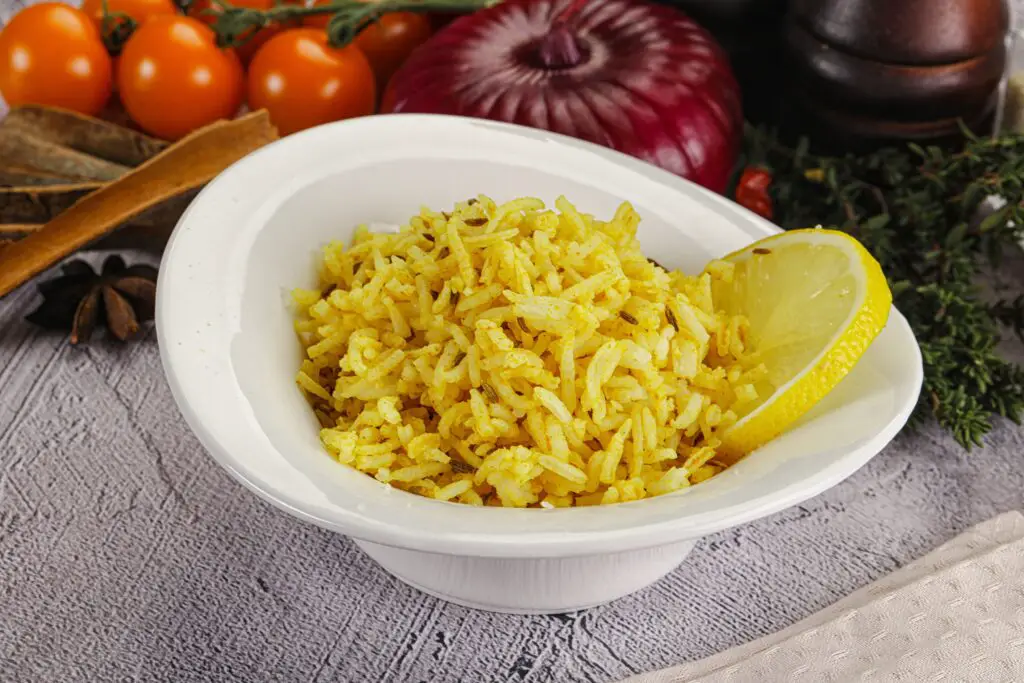
In Bali, where Hinduism blends with local traditions, yellow rice—called nasi kuning—is often made as an offering to the gods. Turmeric gives the rice its vibrant color, symbolizing prosperity and blessings. It’s shaped into cones, decorated with vegetables and meat, and placed on elaborate altars during festivals and temple ceremonies.
Sometimes, after the offering has been made, the rice is shared and eaten by the family. This makes the meal both sacred and social. The bright yellow hue feels festive, but the act of preparing and presenting it is full of care. It’s food as prayer, eaten with both hands and heart.
